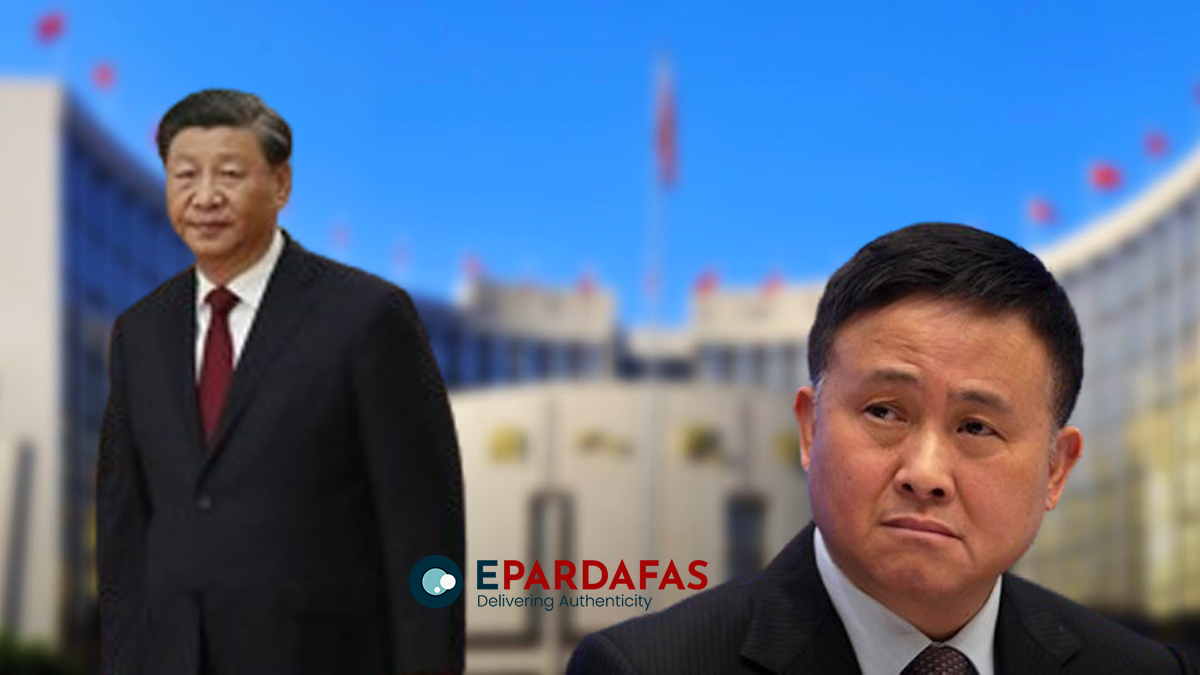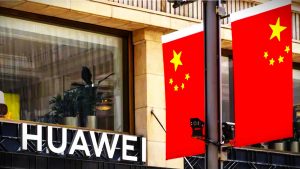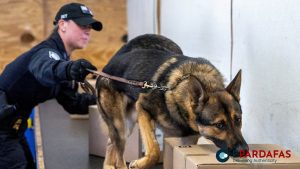
China’s Banks Vanishing at Unprecedented Rates: Why?
The savings and loan (s&l) crisis terrorised America’s banks for years. Starting in the mid-1980s, a mix of aggressive lending growth, poor risk controls and a property downturn contributed to the collapse or consolidation of over 1,000 small lending institutions. China’s smallest banks are now suffering from many of the same ailments. But until recently few have collapsed or merged with others.
That is starting to change. In the week ending June 24th, 40 Chinese banks vanished as they were absorbed into bigger ones. Not even at the height of the s&l crisis did lenders disappear at such a clip.
China’s regulators have been trudging through various reforms and consolidations for years. Since 2019 several mid-tier banks have collapsed. Powerful investment managers and state financiers have melted down. But it is small, rural banks that provide the most complex problem.
Some 3,800 such institutions dot the Chinese countryside. They have 55trn yuan ($7.5trn) in assets—13% of the total banking system—and have long been mismanaged, accruing vast amounts of bad loans. Many have lent to real-estate developers and local governments, gaining exposure to China’s property crisis. In recent years some have revealed that 40% of their books are made up of non-performing loans.
Cleaning up this mess is an extremely delicate task. Many banks were established in order to serve small businesses, especially in China’s poorest areas. Those stuck with toxic debts struggle to supply firms with new loans, which can hurt vulnerable companies and local economic growth. The worst-performing small banks have already threatened social stability, the main concern of Xi Jinping, China’s leader. Fraud on a large scale caused several to freeze withdrawals in 2022, drawing depositors onto the streets of a provincial capital. But state intervention is risky, too. Rumours of distress, restructuring or consolidation can lead to bank runs.
One solution has been steady but meagre recapitalisation. Local governments are issuing special-purpose bonds, which they use for a number of things including bailing out banks. Although last year just 218bn yuan of proceeds went to regional banks, an amount equal to 1% of their risk-weighted assets, some troubled provinces have dished out more. Between December 2020 and May this year, Liaoning in China’s north-east injected 17% of special-purpose-bond proceeds into its banks.
Listen to this story. Enjoy more audio and podcasts on iOS or Android.
The savings and loan (s&l) crisis terrorised America’s banks for years. Starting in the mid-1980s, a mix of aggressive lending growth, poor risk controls and a property downturn contributed to the collapse or consolidation of over 1,000 small lending institutions. China’s smallest banks are now suffering from many of the same ailments. But until recently few have collapsed or merged with others.
That is starting to change. In the week ending June 24th, 40 Chinese banks vanished as they were absorbed into bigger ones. Not even at the height of the s&l crisis did lenders disappear at such a clip.
China’s regulators have been trudging through various reforms and consolidations for years. Since 2019 several mid-tier banks have collapsed. Powerful investment managers and state financiers have melted down. But it is small, rural banks that provide the most complex problem.
Some 3,800 such institutions dot the Chinese countryside. They have 55trn yuan ($7.5trn) in assets—13% of the total banking system—and have long been mismanaged, accruing vast amounts of bad loans. Many have lent to real-estate developers and local governments, gaining exposure to China’s property crisis. In recent years some have revealed that 40% of their books are made up of non-performing loans.
Cleaning up this mess is an extremely delicate task. Many banks were established in order to serve small businesses, especially in China’s poorest areas. Those stuck with toxic debts struggle to supply firms with new loans, which can hurt vulnerable companies and local economic growth. The worst-performing small banks have already threatened social stability, the main concern of Xi Jinping, China’s leader. Fraud on a large scale caused several to freeze withdrawals in 2022, drawing depositors onto the streets of a provincial capital. But state intervention is risky, too. Rumours of distress, restructuring or consolidation can lead to bank runs.
One solution has been steady but meagre recapitalisation. Local governments are issuing special-purpose bonds, which they use for a number of things including bailing out banks. Although last year just 218bn yuan of proceeds went to regional banks, an amount equal to 1% of their risk-weighted assets, some troubled provinces have dished out more. Between December 2020 and May this year, Liaoning in China’s north-east injected 17% of special-purpose-bond proceeds into its banks.
Liaoning is also at the centre of what has now become China’s main way of dealing with small, feeble banks: making them disappear. Of the 40 institutions that vanished recently, 36 were in the province and absorbed into a new lender, called Liaoning Rural Commercial Bank, which was created as a receptacle for bad banks. Since it was set up in September, five other institutions have been established to do similar work. More are expected.
This regulatory vanishing act will probably pick up pace. s&p Global, a rating agency, reckons it will take a decade to complete the project. Supporters say that fewer bigger banks will be easier for regulators to keep watch over. Critics argue that it is little more than sleight of hand. Combining dozens of bad banks, they say, only creates bigger, badder banks.
Regulators are doubling down on consolidation because they lack mechanisms to allow banks to fail and leave the market. During the s&l crisis American lawmakers passed the Financial Institutions Reform, Recovery and Enforcement Act. This created a way for small lenders’ assets to be sold off and helped resolve the crisis in an orderly manner. China has fumbled such a law for years. Draft legislation, called the Financial Stability Law, was proposed at a lawmaking session in Beijing in June but was once again delayed. Such ineptitude is now common in Chinese policymaking. As economic growth slows further, technocrats will need to do more than wave a wand at the problems of the lowest rung of the banking system.
- PM Oli Inspects ‘Sagarmatha Sambaad’ Secretariat, Calls for Streamlined Preparations
- Nepal Secures Six-Wicket Victory Over Hong Kong in Women’s T20 Cricket
- CPN-UML to Hold Central Secretariat Meeting on March 17
- Nepal’s Environment Minister Shahi Urges Global Action on Climate Change at UK Roundtable













Comments